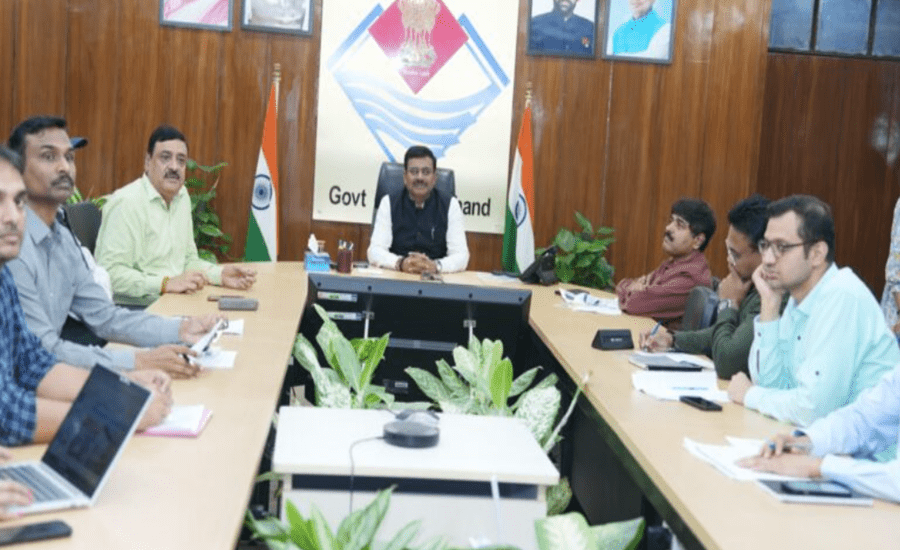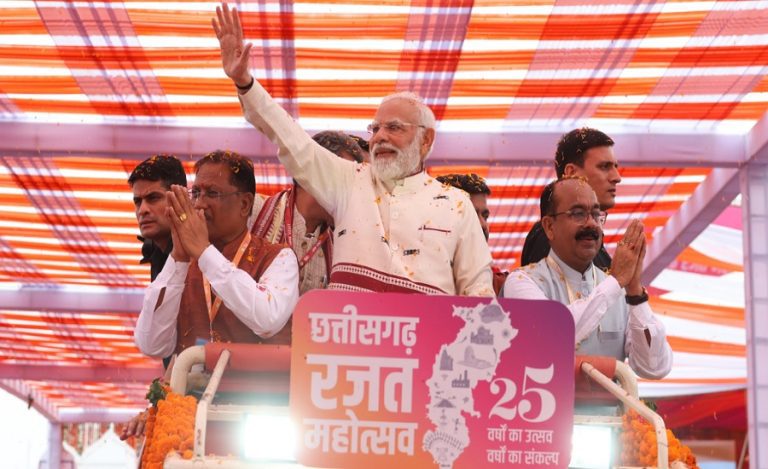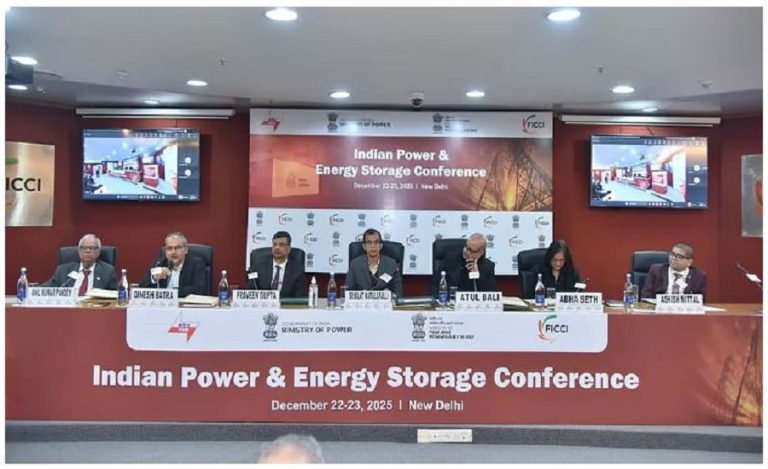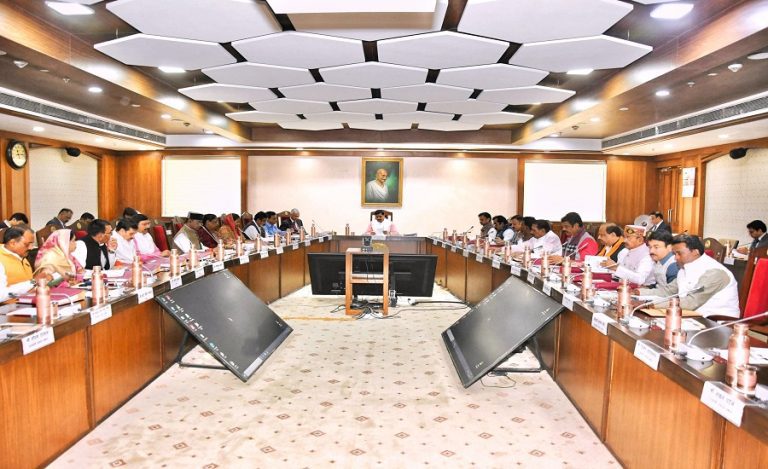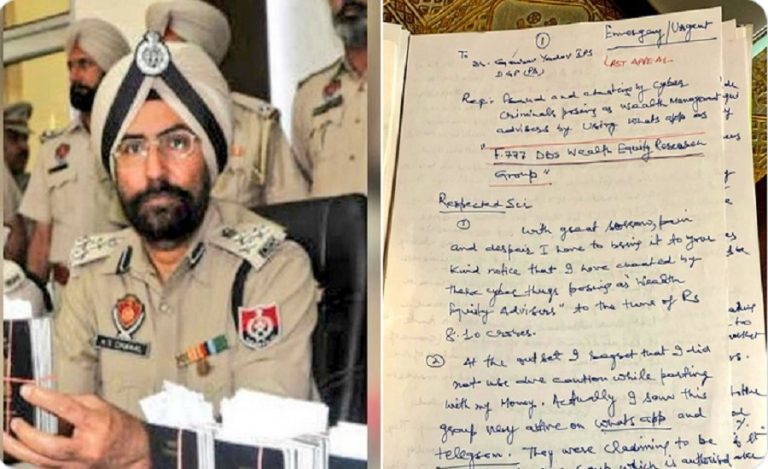In a major push towards clean mobility, the draft of the Uttarakhand Electric Vehicle (Manufacturing and Purchasing) Policy – 2025 was presented during a high-level meeting chaired by Chief Secretary Mr. Anand Bardhan at the Secretariat Auditorium. The meeting was attended by top officials from the Transport Department and other relevant departments, marking a significant step toward transforming the hill state into a hub for electric vehicles.
Also Read: Uttarakhand Launches First Geothermal Energy Policy 2025 to Harness Himalayan Heat – Details Inside
Vision for a Green Transport State
Chief Secretary Mr. Anand Bardhan (1992-batch IAS officer) emphasised the policy’s strategic importance in achieving the Prime Minister’s 2030 electric mobility goal. He said, “We must turn the concept of Uttarakhand Green Transport into a practical reality. The policy should offer compelling benefits to encourage faster adoption and manufacturing of EVs in the state.”
He directed officials to design a policy that delivers stronger incentives across the value chain—benefiting EV manufacturers, buyers, fleet operators, and charging station developers. He also stressed the need for a fast and responsive monitoring mechanism to address any implementation issues promptly.
Comprehensive Incentives Framework
Presenting the draft policy, Transport Secretary Mr. Vinay Shankar Pandey (1997-batch IAS officer) stated that it includes a wide-ranging incentive structure such as:
- Capital subsidy for manufacturers
- Interest subsidy on loans
- Stamp duty rebate
- Land concessions for setting up EV units
- Incentives linked to carbon credit benefits
- Support for R&D activities
The policy also features category-wise benefits for electric two-wheelers, three-wheelers, four-wheelers, and e-buses, along with attractive incentives for the establishment of EV charging stations across urban and rural areas.
EV Landscape in Uttarakhand and India
During the session, Mr. Pandey noted that India has approximately 34 crore registered vehicles, out of which over 61.65 lakh are electric. In Uttarakhand, out of 42,15,496 registered vehicles, 84,614 are electric vehicles, indicating growing public interest in sustainable mobility.
Path to Implementation
Also present at the meeting were Principal Secretary Mr. R. Meenakshi Sundaram (2001-batch IAS officer), Dr. R. Rajesh Kumar (2007-batch IAS officer), Mr. S. N. Pandey (2007-batch IAS officer), and other senior officers involved in policy formulation. The officials highlighted that the draft policy is designed to create a favourable business ecosystem and encourage job creation, green investment, and low-emission mobility solutions.
Way Ahead
The draft Uttarakhand EV Policy 2025 aims to make the state a model for sustainable transport and green technology adoption in India. With clear benefits for both industry and consumers, and a vision aligned with national climate goals, the policy sets a strong foundation for Uttarakhand’s electric mobility future.

